Related Research Articles

The Armenian genocide was the systematic destruction of the Armenian people and identity in the Ottoman Empire during World War I. Spearheaded by the ruling Committee of Union and Progress (CUP), it was implemented primarily through the mass murder of around one million Armenians during death marches to the Syrian Desert and the forced Islamization of others, primarily women and children.
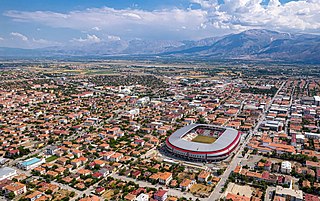
Erzincan, historically Yerznka, is the capital of Erzincan Province in eastern Turkey. Nearby cities include Erzurum, Sivas, Tunceli, Bingöl, Elazığ, Malatya, Gümüşhane, Bayburt, and Giresun. The city is majority Sunni Turkish with an Alevi Kurdish minority.
Ara Baliozian is an Armenian author, translator, and critic who is published in both Armenian and English.

The deportation of Armenian intellectuals is conventionally held to mark the beginning of the Armenian genocide. Leaders of the Armenian community in the Ottoman capital of Constantinople, and later other locations, were arrested and moved to two holding centers near Angora. The order to do so was given by Minister of the Interior Talaat Pasha on 24 April 1915. On that night, the first wave of 235 to 270 Armenian intellectuals of Constantinople were arrested. With the adoption of the Tehcir Law on 29 May 1915, these detainees were later relocated within the Ottoman Empire; most of them were ultimately killed. More than 80, such as Vrtanes Papazian, Aram Andonian, and Komitas, survived.
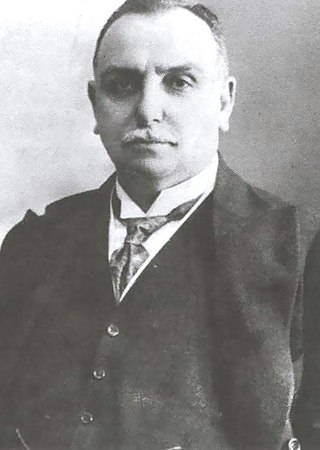
Krikor Zohrab was an influential Armenian writer, politician, and lawyer from Constantinople. At the onset of the Armenian genocide he was arrested by the Turkish government and sent to appear before a military court in Diyarbakır. En route, at a locality called Karaköprü or Şeytanderesi on the outskirts of Urfa, he was murdered by a band of known brigands under the leadership of Çerkez Ahmet, Halil and Nazım some time between 15 July and 20 July 1915.
Genocide definitions include many scholarly and international legal definitions of genocide, a word coined by Raphael Lemkin in 1944. The word is a compound of the ancient Greek word γένος and the Latin word caedō ("kill"). While there are various definitions of the term, almost all international bodies of law officially adjudicate the crime of genocide pursuant to the Convention on the Prevention and Punishment of the Crime of Genocide (CPPCG).
Armenian Brazilians are Brazilian persons who are fully, partially, or predominantly of Armenian descent, or Armenian immigrants in Brazil.
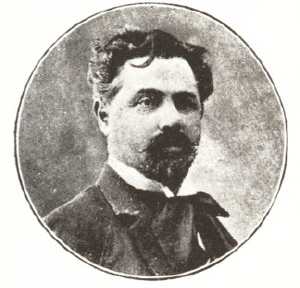
Khachatur Malumian, also known by the pseudonym E. Aknuni, was an Armenian journalist and political activist. He was a member of the Armenian Revolutionary Federation. He was among the first Armenian intellectuals arrested at the beginning of the Armenian genocide in April 1915.
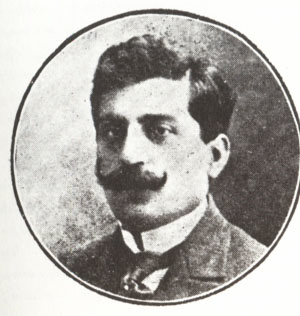
Vartkes Serengülian, was an Ottoman Armenian political and social activist, and a member of Ottoman Parliament.

Raymond Haroutioun Kévorkian is a French Armenian historian. He is a Foreign Member of Armenian National Academy of Sciences. Kevorkian has a PhD in history (1980), and is a professor.
The eastern part of the current territory of the Republic of Turkey is part of the ancestral homeland of the Armenians. Along with the Armenian population, during and after the Armenian genocide the Armenian cultural heritage was targeted for destruction by the Turkish government. Of the several thousand churches and monasteries in the Ottoman Empire in 1914, today only a few hundred are still standing in some form; most of these are in danger of collapse. Those that continue to function are mainly in Istanbul.
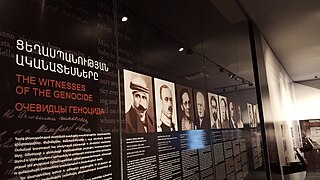
Witnesses and testimony provide an important and valuable insight into the events which occurred both during and after the Armenian genocide. The Armenian genocide was prepared and carried out by the Ottoman government in 1915 as well as in the following years. As a result of the genocide, as many as 1.5 million Armenians who were living in their ancestral homeland were deported and murdered.

Krikor Torosian was an Armenian satirical writer, journalist, and publisher. He started his own satirical journal entitled Gigo, which became popular among the Armenians in Constantinople. He is also known for writing an illustrative encyclopedia. He was a victim of the Armenian genocide.
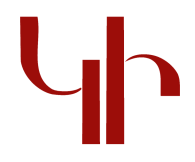
The Gomidas Institute is an independent academic institution "dedicated to modern Armenian and regional studies." Its activities include research, publications and educational programmes. It publishes documents, monographs, memoirs and other works on modern Armenian history and organizes lectures and conferences. The institute was founded in 1992 at the University of Michigan in Ann Arbor. It is based in London and maintains a United States branch in Cleveland. British-Armenian historian Ara Sarafian serves as its executive director. Since 1998, the institute has been publishing a quarterly journal titled Armenian Forum. The institute is named after Komitas.

Yenovk Shahen was an ethnic Armenian actor and director who lived in the Ottoman Empire. He was killed during the Armenian genocide.
Krikor Guerguerian was a Reverend Father of the Catholic Church. He is known for the Krikor Guerguerian Archive, a collection of documents concerning the Armenian genocide.

Killing Orders: Talat Pasha's Telegrams and the Armenian Genocide is a 2016 book from Taner Akcam about the veracity of the primary source evidence of the Armenian genocide, particularly telegrams sent by Talaat Pasha. He addresses dismissal of the authenticity of evidence as a form of Armenian genocide denial. The original Turkish version was published in Istanbul by İletişim Yayınları. The English version, published by Palgrave Macmillan, came in 2018.
Bibliography of the Armenian genocide is a list of books about the Armenian genocide:

Following the Armenian genocide, vorpahavak was the organized effort to rescue "hidden" Armenian women and children who had survived the genocide by being abducted and adopted into Muslim families and forcibly converted to Islam.
References
- ↑ Kurt 2024, pp. 123–143.
- ↑ Tachjian 2017.
Sources
- Kurt, Ümit (2024). "On the Verge of Death and Survival: Krikor Bogharian's Diary". Documenting the Armenian Genocide: Essays in Honor of Taner Akçam. Springer International Publishing. ISBN 978-3-031-36753-3.
- Tachjian, Vahé (2017). Daily Life in the Abyss: Genocide Diaries, 1915-1918. Berghahn Books. ISBN 978-1-78533-495-5.